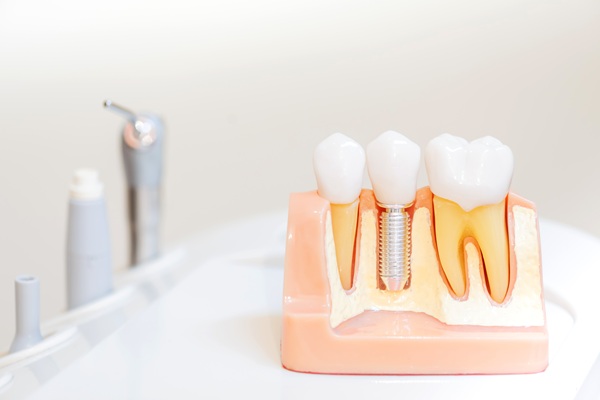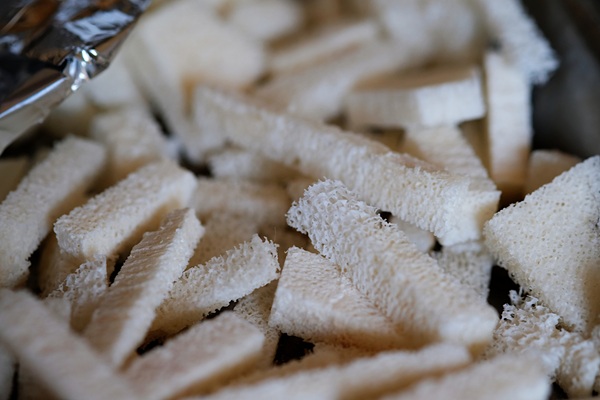What Is a Chin Graft?

A chin transplant or chin graft is a common oral surgery procedure that involves harvesting bone from the patient's chin. The goal of this treatment is to increase the volume and density of the bone in the jaw and other parts of the patient's mouth that need structural support. Bone harvested from the chin is often used in dental restorative operations, such as implant insertion.
What is a chin graft and when is it needed?
A chin graft may be necessary in certain cases. For instance, the jawbone may not be strong enough to support dental implants. Tooth loss, gum disease, physical trauma, or age-related bone resorption are only a few potential causes of this bone deficiency.
A chin graft can be the answer to these problems. In contrast to synthetic or animal-derived materials, using the patient's bone in a chin graft reduces or even eliminates the possibility of infection or graft rejection.
An overview of the chin graft procedure
Chin grafting is a delicate surgical technique. The following is a detailed breakdown of the process:
First, the oral and facial surgeon will numb the area around the surgical site or give the patient a general anesthetic to put them to sleep for the duration of the operation if necessary.
The harvesting of the bone tissue involves the surgeon making a small incision in the chin area of the lower jaw. They will then carefully remove a tiny piece of bone using specialized instruments. The exact amount of bone that is extracted is based on how much is required for the grafting process.
The bone grafting process involves taking a piece of healthy bone from one area of the jaw and transplanting it to another. Small screws or other fixation devices are commonly used to keep the graft in place as it fuses with the bone around it.
The last step of the procedure involves painstakingly closing the incision in the chin, usually using dissolvable stitches. The amount of bone taken during a chin graft is typically quite minimal and does not noticeably alter the outward appearance of the chin.
Recovery and healing after a chin graft
Chin graft patients typically experience some soreness and swelling in the chin and graft area after their treatment. This, however, is totally typical and treatable with the right prescription medications. Chin graft recovery times can vary greatly from patient to patient. Bone grafts typically take a few months to fully fuse with the recipient’s jaw.
During recovery, dietary changes are frequently necessary. Avoid placing pressure on the graft site by eating foods that are soft and easy to chew. Successful healing and graft integration also depends on patients’ adherence to appropriate dental hygiene at home.
The bottom line
The practice of chin grafting has had profound effects on the field of restorative dentistry. They have helped more people get dental implants and other operations that they might not have been able to get before due to a lack of bone in their jaw.
A chin graft can substantially enhance a patient's oral function and appearance, improving their quality of life as a whole. Talking to an oral surgeon about your options will help you decide whether a chin graft is a suitable option for you.
Request an appointment here: https://spectrumsurgical.net or call Facial Spectrum at (816) 524-4334 for an appointment in our Lee's Summit office.
Check out what others are saying about our services on Yelp: Chin Graft in Lee's Summit, MO.
Recent Posts
Dental implants represent a durable and aesthetically pleasing solution for replacing missing teeth. Understanding the proper care for dental implants remains essential to ensure longevity and optimal function. Adhering to recommended practices significantly reduces the risk of complications, preserves oral health, and maintains the attractive appearance and comfort associated with implants. By implementing consistent maintenance…
The jawbone is the part of the face that holds many essential elements together, such as the teeth, ligaments, and muscles; however, bone grafting may sometimes be necessary if the jawbone is too weak to perform these tasks. A person’s jawbone can deteriorate over time, whether due to age, genetics, poor oral health, cancer, or…
Finding lasting relief from issues such as misalignment and facial asymmetry can involve specialized procedures. Fortunately, corrective jaw surgery is a reliable option for addressing these concerns. A dental specialist realigns the upper or lower jaw during this process to promote better function and comfort. Although the procedure can benefit health and appearance significantly, a…
Many individuals seek rhinoplasty to enhance facial harmony, improve nasal function, or correct structural abnormalities. As a surgical procedure that reshapes the nose, rhinoplasty can address aesthetic concerns as well as breathing difficulties caused by structural defects such as a deviated septum. Understanding the consultation process, surgical techniques, and what to expect from the recovery…


